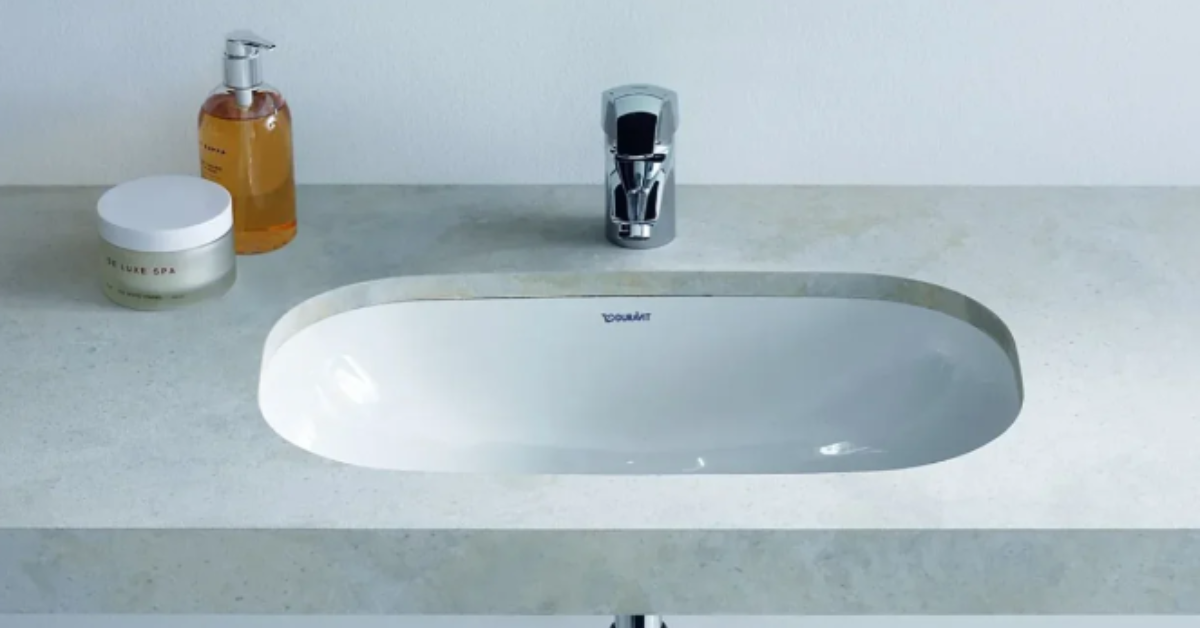Exploring Basin Types: A Guide to Choosing the Right Fixture for Your Space
A basin is a fundamental fixture found in many residential and commercial spaces, serving as a receptacle for holding water. From washing hands to preparing food, Basin come in various shapes, sizes, and materials, each tailored to specific needs and environments. This article explores the different types of basins, their applications, and considerations for choosing the right one.
Types of Basins
- Sink Basins:
Commonly found in kitchens and bathrooms, sink basins are used for various purposes, including washing dishes, handwashing, and personal grooming. They can be made from materials such as stainless steel, ceramic, and composite materials, offering durability and easy maintenance. - Pedestal Basins:
Pedestal basins, often seen in bathrooms, consist of a basin mounted on a pedestal that supports the structure while hiding plumbing fixtures. They add a classic touch to bathroom decor and are ideal for smaller spaces due to their compact design. - Wall-Mounted Basins:
These basins are affixed directly to the wall, freeing up floor space and making cleaning easier. They are a great choice for minimalist designs and small bathrooms, providing functionality without occupying valuable square footage. - Countertop Basins:
Designed to sit on top of a counter or vanity, countertop basins add a modern aesthetic to bathrooms and kitchens. They come in various styles, including bowl-shaped and rectangular designs, and can be made from materials like glass, stone, or ceramic. - Undermount Basins:
Undermount basins are installed beneath the countertop, offering a seamless look. This type is popular in kitchens, as it allows for easy cleanup by wiping debris directly into the basin. They work well with solid surface countertops. - Utility Basins:
Often found in laundry rooms or garages, utility basins are larger and deeper than standard basins, designed for tasks such as washing clothes, cleaning tools, or bathing pets. They are typically made from durable materials like plastic or stainless steel.
Choosing the Right Basin
When selecting a basin, several factors should be considered:
- Material: Choose a material that suits your needs in terms of durability, maintenance, and aesthetics. Stainless steel is known for its strength, while ceramic offers a classic look.
- Size: Ensure the basin fits well within the available space and meets your usage requirements. Measure the area where the basin will be installed, taking into account any surrounding fixtures.
- Style: Consider the overall design of your space. A basin’s style can enhance or detract from the aesthetic, so choose one that complements your decor.
- Functionality: Think about how you will use the basin. If you need a basin for heavy-duty tasks, opt for a utility basin. For a bathroom, consider the height and accessibility of the basin for all users.
Conclusion
Basins are versatile fixtures that play a crucial role in our daily lives. By understanding the various types available and considering the specific needs of your space, you can choose a basin that enhances both functionality and aesthetics. Whether for a kitchen, bathroom, or utility area, the right basin can transform a space and improve your daily routines.




